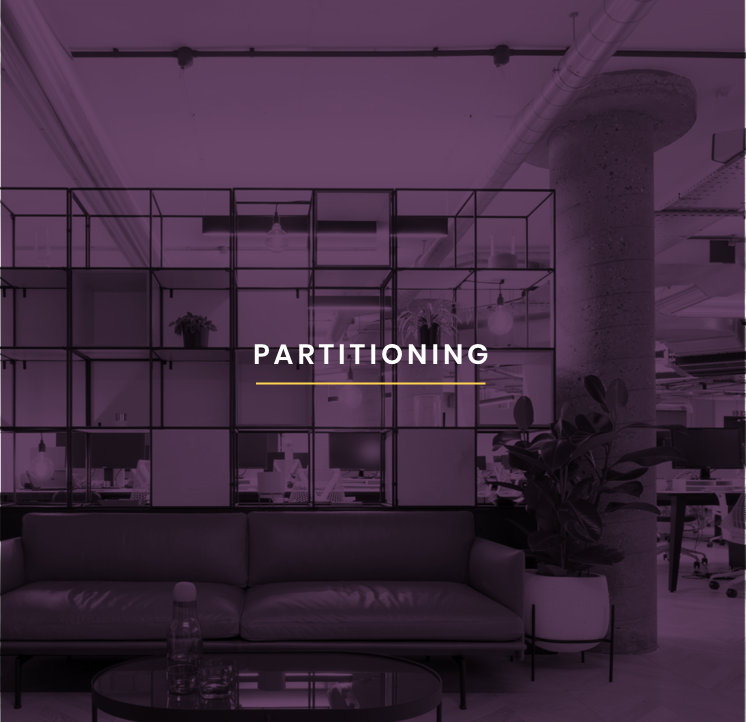For any productivity gains that you implement, you will see value roughly equivalent to between 30% (in central London) and 75% (outside London) of your annual office rent. Therefore, an effective strategy for delivering a productive workplace is crucial.
Accolade are committed to making your workspace work hard enough for you and based on research published by the BCO recently, we have summarised some of the take away points for directors and managers.
What is a Productive Workplace?
Offices need to support the wellbeing of occupants while also enabling them to be both efficient and effective. Occupiers will get most value where their workplaces assist in engaging staff, but this is only possible once other aspects of the productive workplace are being provided.
4 Key Areas that contribute to a productive workplace can be summarised as follows:
- Healthy – Supporting and promoting individual wellbeing at work.
- Efficient – Making good use of space, time and information.
- Effective – Enabling people to do their work well.
- Engaging – A desirable destination that looks and feels like a great place to work
How to Measure your Workplace’s Productivity
Never a straightforward task but we have broken the stages down to allow you to come up with measures for your own company as what is important for staff at one organisation may not necessarily apply to another.

Once you have defined your company’s strategic objectives, you can set criteria around workplace performance, user experience and physical characteristics to come up with a workplace brief which will direct you where to make changes that will have the biggest impact in the workplace.
Below is an example of the criteria for each section that you could use, however, please click through to the report for a more in depth look at each of these areas http://research.bco.org.uk/resources/clients/3/user/resource_848.pdf.
Healthy |
Efficient |
Effective |
Engaging |
|
Workplace Performance |
Number of days absence |
Space utilisation |
Ability to concentrate |
Employee turnover |
User Experience |
Ease of access to drinking water? |
Ease of communication with colleagues? |
Ease of finding a suitable place to concentrate on a task? |
Pride in the workplace? |
Physical Characteristics |
Are workplace risk assessments up-to-date? |
Does the building facilitate easy navigation? |
Is Wi-Fi accessible in all parts of the building? |
Does the workplace reflect the culture and values of the company? |
Shape Brief
Produce the brief by sending surveys to employees and notifying the strengths and weaknesses of your environment. Furthermore, by sending out the same surveys over time, you can bench mark responses allowing you to monitor issues and act where the same problems are re-asserting themselves.
Identify solutions
Having a brief that focuses on the opportunities for improvement will allow you to invest where it will make the largest impact. This influence depends on the ability to make changes to the workplace and will vary between owners and tenants and according to budget and future plans. A fit out specialist can work with you to create applicable solutions that will address your concerns.
Ongoing Feedback
It is important to establish a feedback loop for reviewing the workplace requirement using the strategic objectives, workplace performance, user experience and existing physical characteristics. Identify measurement in operation and agreements to share information between the occupier, landlord and other parties to address concerns as quickly as possible.
Conclusion
There is a wide range of useful standards and criteria for assessing the effectiveness of different physical features in the workplace, but the most important source of information is the feedback of users on their experience. Feedback from over 270,000 respondents to the Leesman Index survey suggests that the highest performing workplaces are differentiated by the levels of satisfaction with:
- Communal and informal work areas
- Variety of different types of workspace
- Décor and tidiness
Areas for improvement in all offices lie in temperature control and air quality, with which half or more occupants are dissatisfied, but which over three-quarters of those asked consider important.
To view the full report, click through: http://research.bco.org.uk/resources/clients/3/user/resource_848.pdf





